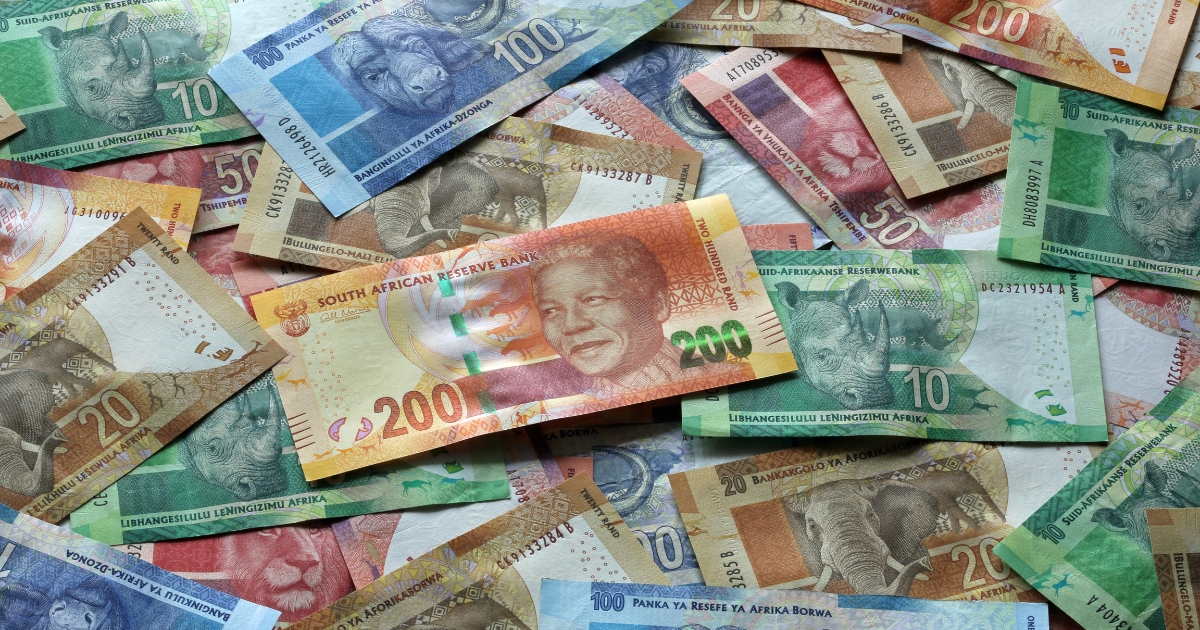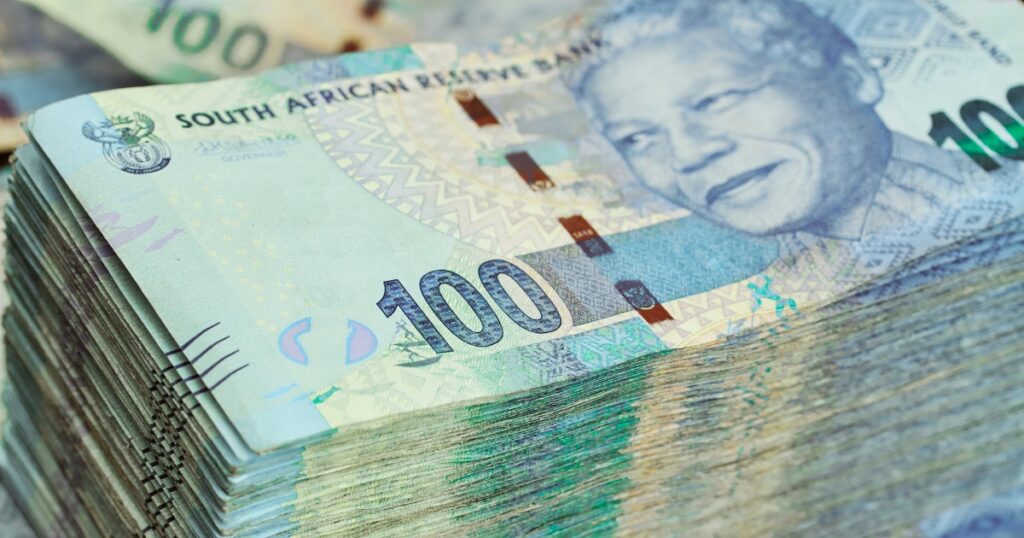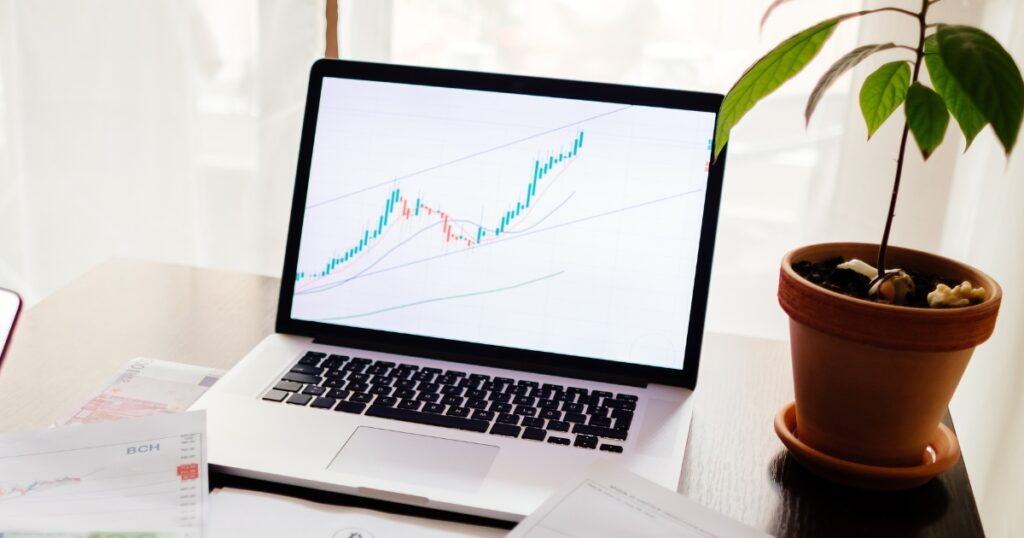
The rand has faced challenges, experiencing a 9% drop against the US dollar in 2023 and a significant 17% decline over the past two years. Load shedding has been a major contributor to this decline, but there’s optimism that this issue may improve with the upcoming elections. Is 2024 the year the rand will bounce back? It’s worth monitoring the changes ahead.
Historically, betting on the rand hasn’t been wise. Over the past decade, the rand has weakened against the US dollar in seven out of ten years. The last three years have been particularly tough, with the rand losing nearly 30% due to various factors such as load shedding, grey-listing by the Financial Action Task Force, and issues at Transnet. Could 2024 be the year the rand stages a comeback and outperforms the US dollar? Only time will tell.
Key Takeaways
- Historical Performance and Current Struggles: The rand has weakened significantly against the US dollar over the past decade, losing nearly 30% in the last three years due to factors such as load shedding, and grey-listing by the Financial Action Task Force.
- Emerging Market Trends and Predictions: Despite ongoing challenges, a December Reuters poll suggested that more than half of emerging market currencies might gain against the dollar in 2024. However, the rand and the Turkish lira are not expected to recover their losses soon. Predictions for the rand vary, with some optimism for a mild recovery.
- Economic and Political Influences: Load shedding and logistical issues at Transnet continue to hamper growth and investor sentiment. However, potential improvements in these areas, combined with expectations of a weaker US dollar and lower US interest rates, could benefit the rand through the carry trade.

Why Could 2024 Be Different for the Rand?
In theory, 2024 may not differ significantly from previous years, but there are notable signals to consider. A December Reuters poll suggested that more than half of emerging market currencies could strengthen against the dollar in 2024. However, both the Turkish lira and the South African rand are not expected to recover their losses soon.
Several factors are putting pressure on the rand, including ongoing load shedding, bottlenecks at Transnet, and the anticipation of a highly contested election. Despite these challenges, there is a silver lining. Expectations of a weaker US dollar suggest a more favourable outlook for emerging market currencies.
With US interest rates expected to decline, emerging market currencies like the rand could benefit from the carry trade. This strategy involves investors borrowing in countries with low-interest rates to invest in countries with higher interest rates, such as South Africa.
One of the critical factors influencing the rand’s potential recovery is the monetary policy decisions by the South African Reserve Bank. Rising interest rates play a significant role in currency valuation, impacting both inflation and investor sentiment.

Emerging Market Currencies on the Rise
The MSCI International Emerging Market Currency Index has seen a 4% climb since October, indicating anticipation of a shift in the interest rate cycle. However, Bloomberg’s chart paints a grim picture for the rand against other emerging market currencies in 2023, with the rand ranking fourth from the bottom out of 22 currencies.
“Load shedding continues to hamper growth and investor sentiment,” noted Investec chief economist Annabel Bishop in a client note. “Transnet’s significant and worsening logistical problems throughout 2023 have also negatively impacted state revenues and foreign investor sentiment.”
There are signs of improvement at Eskom and Transnet, with President Cyril Ramaphosa expecting progress at Transnet by early 2024. Recent reports indicate reduced backlogs at the Durban container port, a positive development. However, load shedding remains a significant issue, with Eskom indicating that its end is still five years away.
A significant portion of the negative news seems to have already been factored into the rand’s value. Although Eskom and Transnet’s challenges won’t be swiftly resolved, there is cautious optimism for long-term improvement. Growth prospects remain subdued, with the economy expected to expand by only 0.7% to 1.5% annually over the next two years.
The fluctuations in the rand’s strength over time are closely linked to its history. A look at the History of the South African Rand uncovers the key events and decisions that have contributed to both its resilience and its volatility.
Forecasts for the rand in 2024 vary. Nedbank anticipates it to be at R18.21 against the USD, slightly better than its current rate. Investec predicts it will reach R17.60 in the final quarter of 2024, following an average of R18.80 for much of the previous year. Goldman Sachs takes a more optimistic stance, projecting a strengthening rand to R14 against the dollar by 2026, with expectations of reaching R17.50/USD by mid-2024. The principal economic analyst at The Efficient Group asserts that the rand should be valued between R15 and R16 against the US dollar, based on its purchasing power parity (PPP).
However, there are potential challenges to this positive outlook. Goldman Sachs suggests the US dollar may remain stronger for longer due to better-than-expected US economic growth. This could reduce demand for emerging market currencies, including the rand.
Volatility leading up to the elections could also impact the rand, possibly revisiting the R19/USD level seen in 2023. On a brighter note, South Africa’s improving current account deficit in the third quarter of 2023 as a rare bright spot for the local currency amid a challenging year.
The health of the rand is closely tied to the overall economic performance of South Africa. Concerns about South Africa heading into a recession have been looming, influencing both local and international investor confidence.
About Arcadia Finance
Arcadia Finance makes securing your loan simple and hassle-free. Benefit from a fee-free application process and choose from a curated list of 19 reliable lenders. Each lender complies with South Africa’s National Credit Regulator standards, providing dependable and regulated financial solutions.
Conclusion
Despite facing substantial challenges in recent years, the outlook for the rand in 2024 is uncertain, with mixed signals indicating both caution and potential for improvement. While historical trends advise prudence, there are factors suggesting a possible recovery, including potential enhancements in South Africa’s energy and logistics sectors, along with the prospect of a weaker US dollar. However, the outcome of the upcoming elections and global economic trends will heavily influence the rand’s trajectory. While a complete turnaround seems improbable, there is potential for modest improvement if key factors align favourably.
Frequently Asked Questions
The rand has weakened due to a combination of factors, including persistent load shedding, grey-listing by the Financial Action Task Force, and logistical challenges at Transnet.
Potential improvements in load shedding and logistics, a weakening US dollar, lower US interest rates, and positive investor sentiment are factors that could contribute to the rand’s strengthening in 2024.
Predictions for the rand’s performance in 2024 vary among financial institutions. Nedbank expects the rand to be at R18.21 to the USD, Investec forecasts R17.60 by the final quarter, and Goldman Sachs has a more optimistic view, predicting R17.50/USD by mid-2024.
Emerging market currencies, including the rand, often benefit from lower US interest rates and a weaker US dollar. However, their performance is also influenced by domestic economic conditions and investor sentiment.
The upcoming elections may lead to volatility in the rand’s value. Political uncertainty and the possibility of significant policy changes could affect investor confidence and currency stability.
Fast, uncomplicated, and trustworthy loan comparisons
At Arcadia Finance, you can compare loan offers from multiple lenders with no obligation and free of charge. Get a clear overview of your options and choose the best deal for you.
Fill out our form today to easily compare interest rates from 19 banks and find the right loan for you.


